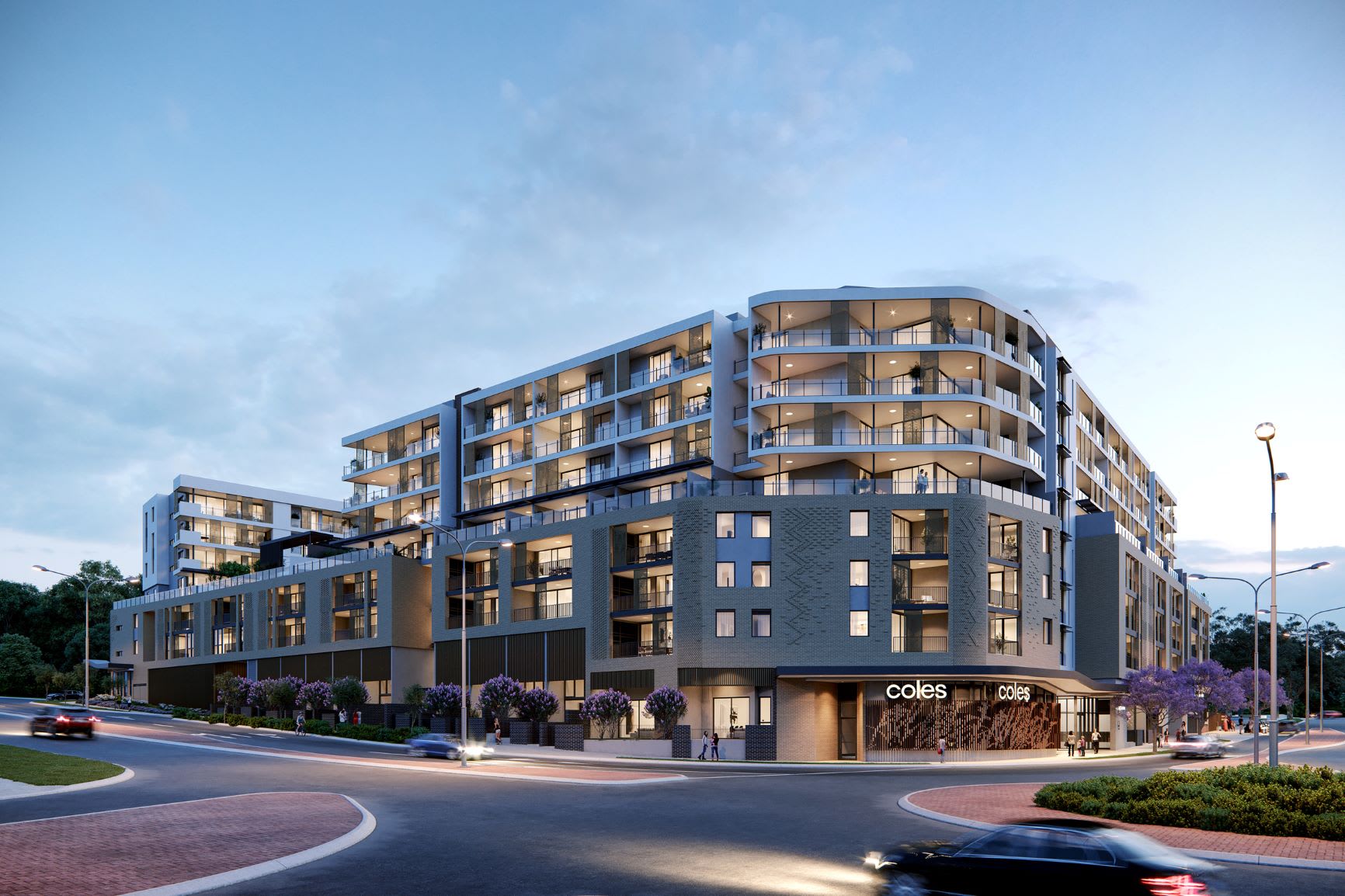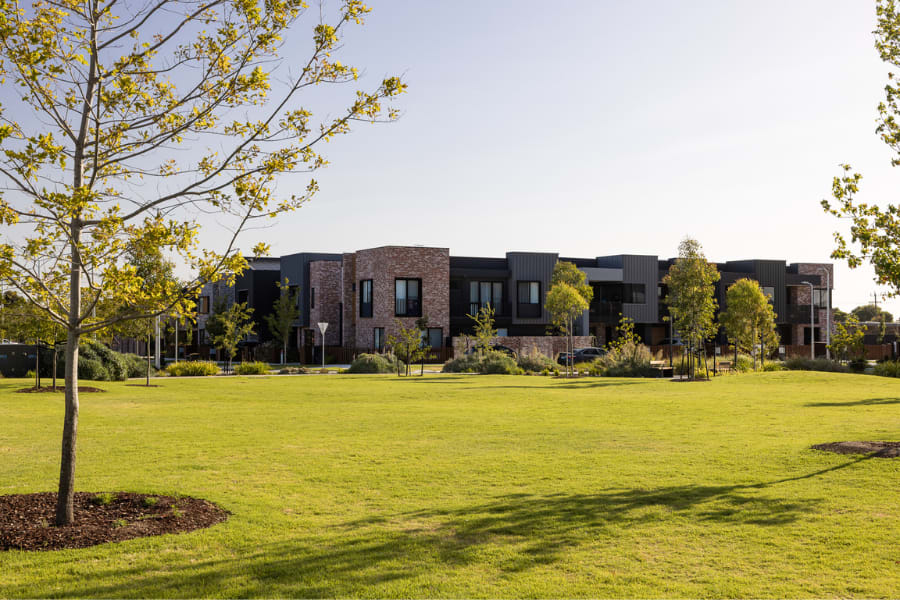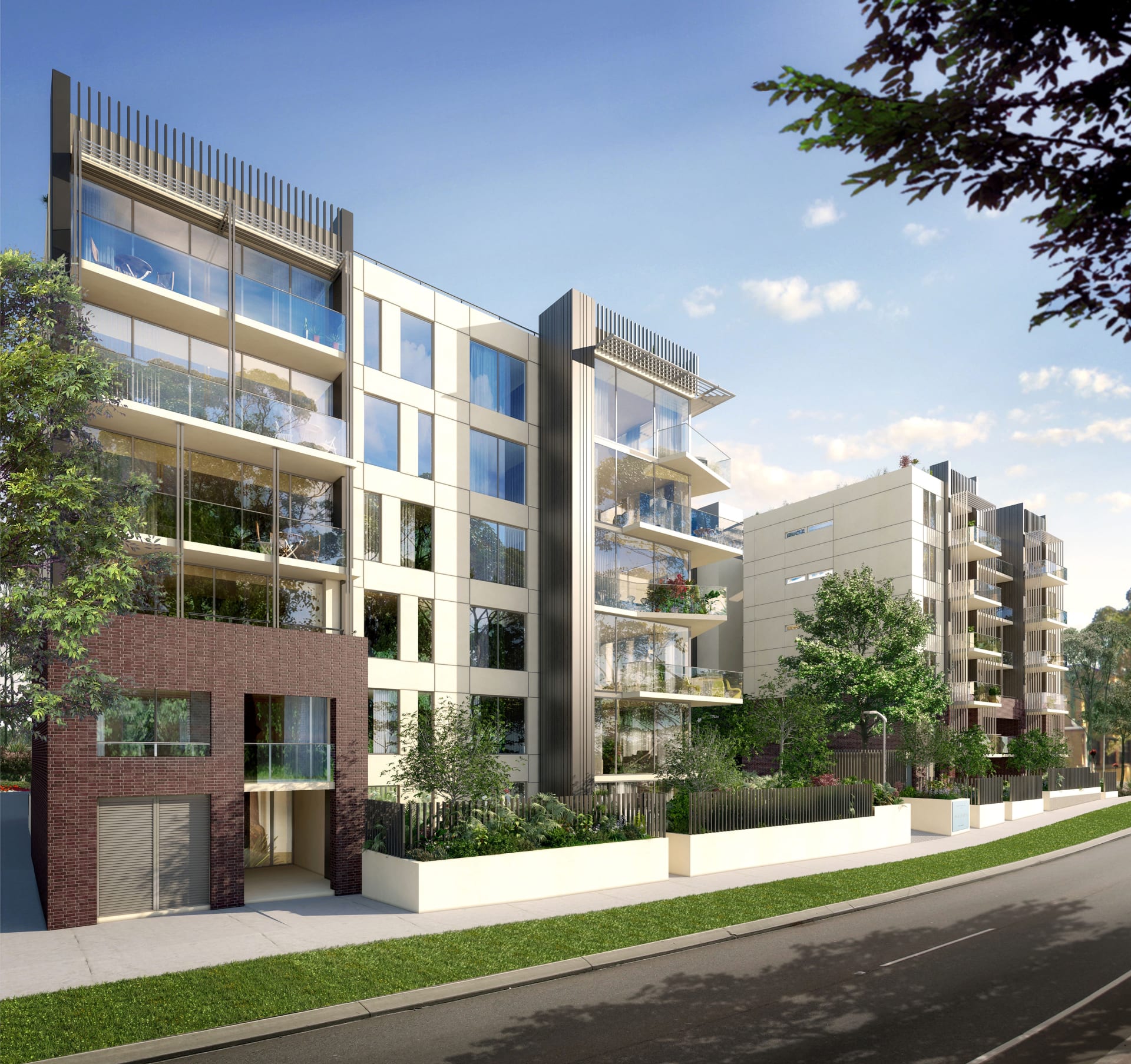Australian capital city home prices surge 2.8% in March, their fastest since 1988: Shane Oliver

EXPERT INSIGHT
Australian capital city average dwelling prices rose a whopping 2.8% in March according to CoreLogic and are up 4.8% on a year ago. This is their seventh monthly gain in a row and their fastest monthly rise since October 1988 and they have now surpassed their September 2017 record high by 3.5%.
Sydney dwelling prices rose a very strong 3.7%, which is their faster since August 1988, and they have now surpassed their July 2017 record high.
Melbourne prices also rose 2.4% and have now surpassed their November 2017 record high.
Prices in other cities were all up strongly led by Hobart with prices up 3.3% in March, followed by Canberra up 2.8%, Darwin up 2.3%, Brisbane up 2.4%, Perth up 1.8% and Adelaide up 1.5%. Prices in Hobart, Canberra, Brisbane and Adelaide are all at record highs.
Regional dwelling prices rose 2.5% in March and are up 11.4% on a year ago with their relative strength over the last year reflecting lower levels of indebtedness and hence less vulnerability to the financial stresses caused by the pandemic driven economic downturn, less exposure to the slump in immigration and increased buyer interest as people seek to relocate from cities as part of a secular trend towards working from home and a greater focus on lifestyle.
Capital city house prices rose 3.1% in March and 6% over the last 12 months whereas unit prices lagged with a 1.9% gain in the month and 1.1% rise on a year ago, with the relative underperformance reflecting an ongoing shift in preferences towards houses as a result of more working from home and a lifestyle choice and as weak rental conditions made worse by the slump in immigration constrained the inner city unit markets in Sydney and Melbourne.
Over the last 12 months unit rents fell -3.8% compared to a 5.2% in house rents, with the weakness in unit rents concentrated in Sydney and Melbourne. However, the Sydney and Melbourne unit rental markets have shown signs of stabilisation and improvement in recent months.
The strength in home prices is consistent with other data showing a booming property market including record new housing finance commitments over recent months, surging home sales and record or near record auction clearance rates.
Clearance rates are now at levels consistent with 15% to 20% annual price gains in Sydney and Melbourne!
So why is the property market back to booming?
The property market has seen a huge turnaround from expectations of a year ago for sharp falls in home prices as a result of the pandemic driven lockdowns. Capital city home prices did fall nearly 3% around mid-last year (led by Melbourne), but the fall was brief as the government policy response intervened to protect the housing market from the recession and to push prices higher. Basically the combination of ultra-low mortgage rates, multiple government home buyer incentives, economic recovery, the strengthening jobs market and now an increasing element of FOMO (buying now for fear of missing out) combined initially with low listings are driving prices sharply higher. The pandemic driven desire to “escape from the city” also appears to be pushing up suburban house prices and regional prices up at a faster rate than its depressing inner city unit prices in Sydney and Melbourne.
While first home buyers led the initial recovery, spurred on by various incentives, owner occupiers have followed and now investors appear to be starting to jump in too.
Average capital city dwelling prices have now surpassed their September 2017 boom time high by 3.5% with Brisbane, Adelaide, Hobart and Canberra and now Sydney and Melbourne along with average regional prices all at clear record highs. Perth and Darwin remain well down on their 2014 mining boom highs, but are now recovering rapidly.
Outlook
With variable mortgage rates set to remain ultra-low for the next few years average prices are expected to rise another 15-20% or so over the next 18 months to two years.
However, the pace of increase is likely to slow through 2021-22.
First, government housing incentives are likely to be sharply curtailed in the months ahead with HomeBuilder ending, the First Home Loan Deposit Scheme tapped out and some states may start to wind back various incentives.
Second, in the absence of an ability to raise interest rates, the RBA and APRA are expected to reach yet again for macro prudential controls to slow housing lending. While they don’t target house prices and are of the view that we have not yet seen a significant deterioration in lending standards on the metrics they look at, past experience indicates that surging house prices leads to a deterioration in lending standards and increasing financial stability risks. And the metrics APRA and the RBA look at are starting to push up in the direction of a deterioration in lending standards with record housing finance pointing to an acceleration in housing debt, an increasing share of lending at high loan to valuation ratios and a rising share of interest only loans albeit from a low base. All of which suggests that it will make sense to start tapping the lending standards brake soon. The first thing to do would be to increase interest rate buffers but limits on high loan to valuation ratio lending and high debt to income ratio lending may make sense too.
Thirdly, the recovery in immigration once the international borders are reopened is likely to be gradual and if so this will allow for years of property undersupply to give way to oversupply which is the best way to take pressure off house prices.
Fourth, it’s likely that the 30 year tailwind for the property market of falling interest rates has now run its course. Four year plus fixed rate mortgage rates look to have bottomed and the RBA seems more determined than ever to see inflation sustained in its target range which will ultimately put an end to the long term downtrend in interest rates.
Fifth, poor affordability will start to become an increasing constraint again if it’s not already.
Finally, government policy should further encourage the shift away from city living as unleashed by the pandemic and working from home as a way to take pressure off capital city property prices. This remains to be seen though.
The ending of JobKeeper and the expiration of home loan deferrals may also act as a dampener to the extent that they may boost forced sales but in the absence of a significant new coronavirus driven lockdown the impact is likely to be marginal. Actual net job losses from the ending of JobKeeper are likely to be low and the proportion by value of home mortgages on payment holidays has collapsed from 11% in May to below 2%.




